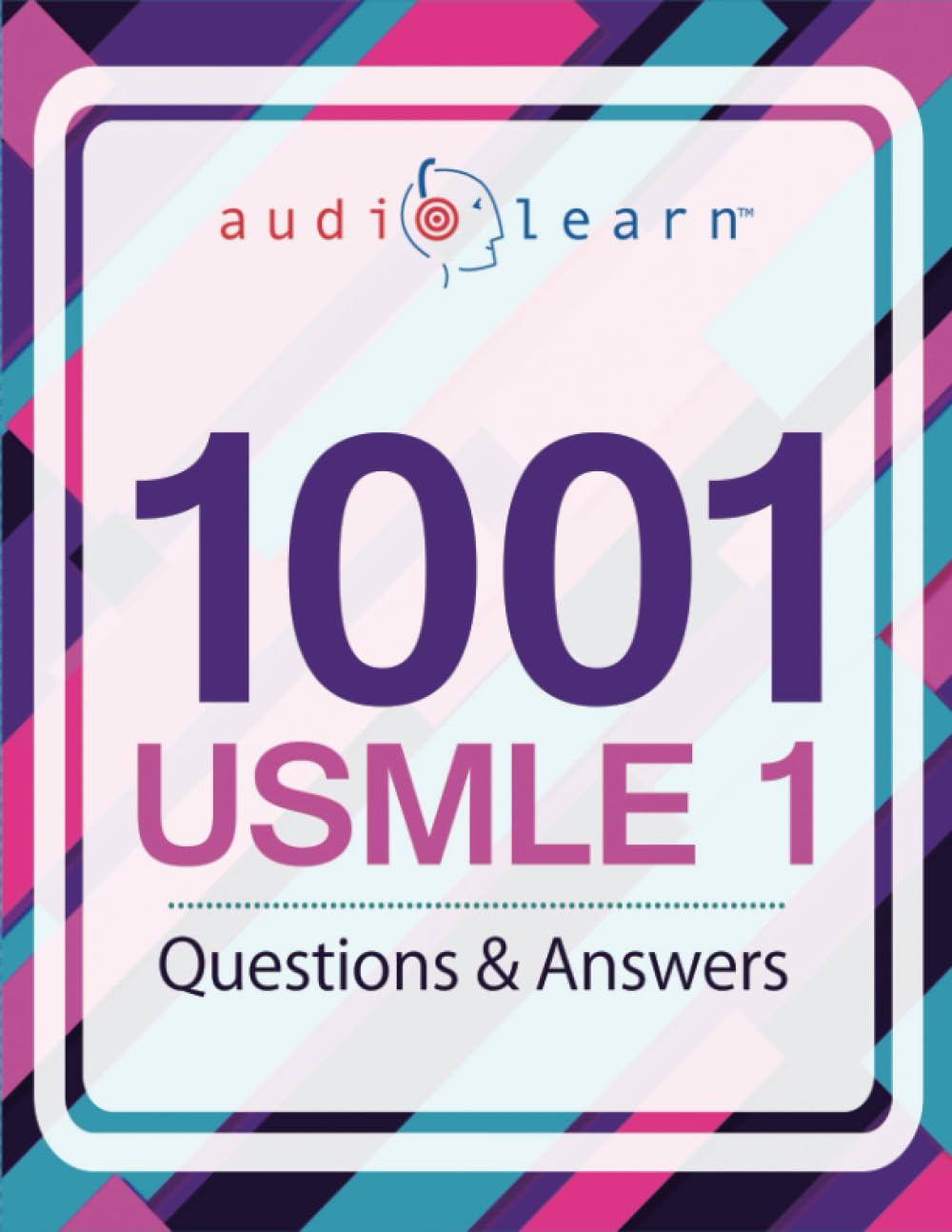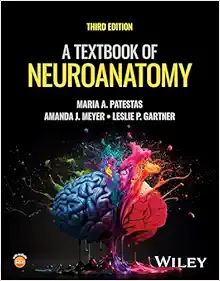

The Anatomists’ Library: The Books that Unlocked the Secrets of the Human Body (Liber Historica, 4) (Original PDF from Publisher)
$2,906.00 Original price was: $2,906.00.$22.00Current price is: $22.00.
Product content
The Anatomists Library The Books that Unlocked the Secrets of the Human Body
Charting the development of medical knowledge and illustrated printing, The Anatomist’s Library is an intriguing historical compilation of the best anatomical literature spanning six centuries. European medical publishing has a long history, with notable works coming from Germany, France, Italy, the Netherlands, Spain, the UK, as well as numerous publications from Japan and Persia. These volumes stretched the limits of illustrated publishing because accurate medical textbooks are highly valued.They were not inexpensive since they hired professional illustrators and engravers. Libraries held them in high regard, and because of their inherent value, there are a staggering number of exquisitely preserved historical examples dating back to the 15th century. Gray’s Anatomy has maintained its appeal over the years, demonstrating a sustained interest in the subject that goes beyond medical students’ need to thoroughly study the 42nd edition (2020), the modern counterpart. However, Englishman Henry Gray was a latecomer to the sector and never witnessed the long-term success of his well-known creation. The surgeon’s reference book was originally published in 1858. He died in 1861 after getting smallpox from his nephew, who lived. He was only 34. Beginning with Aristotle and Galen, whose conflicting beliefs about the human body dominated early medicine, Gray was carrying on a long line of anatomists. They lacked Leonardo da Vinci’s artistic abilities, though, as he received anatomical training from Andrea del Verrocchio. Leonardo started illustrating the human body in anatomical drawings in 1489. His 750 sketches that have survived over the course of two decades constitute innovative anatomical research. However, none of Leonardo’s notebooks were released while he was alive; instead, they weren’t printed until decades after his passing.With his 1543 work De Humani Corporis Fabrica Libri Septem (“On the fabric of the human body in seven books”), Andries van Wesel (Andreas Vesalius), a professor at the University of Padua and a native of Brussels, is considered the pioneer of modern anatomical reference. Bartolomeo Eustachi was an Italian contemporary who endorsed Galen’s medical beliefs. He made several discoveries, including properly identifying the inner ear’s bone architecture and the Eustachian tube. Nine years after Vesalius’s seminal achievement, in 1552, he finished his Anatomical Engravings, but they weren’t published until 1714. These are only two entries in a book full of significant illustrated works, ranging from the 42nd edition of Gray’s in the 21st century to some more archaic examples from the 15th century.












